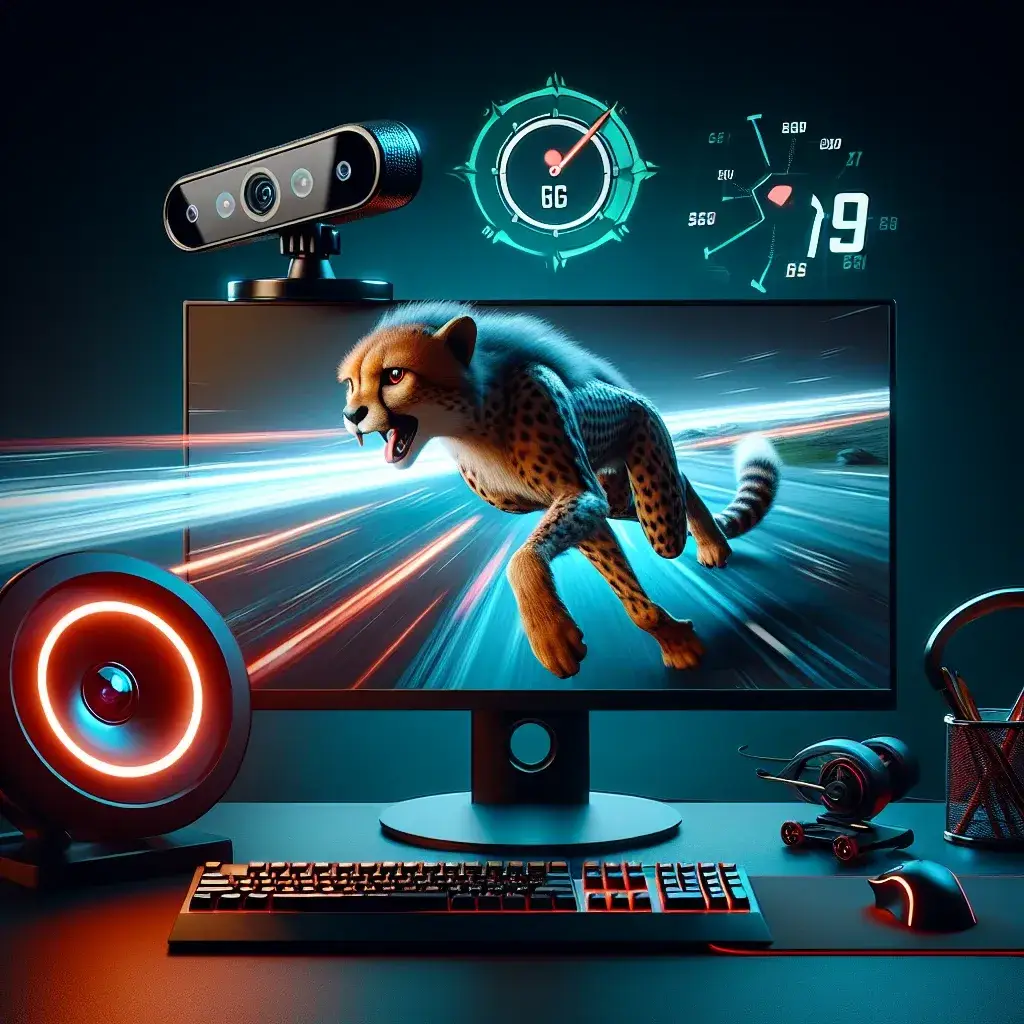Understanding Latency in Game Streaming
Latency, also known as lag, is a significant concern for streamers who aim to provide a seamless viewing experience. In the context of game streaming with a webcam, latency refers to the delay between the time an action is performed and when it is displayed on the viewer’s screen. High latency can disrupt the interactive experience and reduce viewer engagement.
Factors Contributing to Latency
| Factor | Description |
|---|---|
| Internet Connection | Speed and stability of your internet connection. |
| Hardware | Performance of your computer, webcam, and other peripherals. |
| Software | Efficiency of streaming software and codecs used. |
| Resolution and Bitrate | Settings for video quality and data rate. |
| Network Traffic | Bandwidth usage from other devices on your network. |
Tips to Reduce Latency
1. Optimize Your Internet Connection
Your internet connection plays a pivotal role in reducing latency. Consider the following steps:
- Use a Wired Connection: Ethernet cables provide a more stable and faster connection than Wi-Fi.
- Upgrade Your Plan: Ensure you have a high-speed internet plan that supports your streaming needs.
- Close Unnecessary Applications: Shut down applications and devices that consume bandwidth.
2. Upgrade Your Hardware
Investing in better hardware can significantly lower latency. Here are some recommendations:
- High-Performance Webcam: Use a webcam with low latency and high frame rates.
- Powerful PC: Ensure your computer has sufficient CPU and GPU resources to handle streaming without lag.
- Quality Cables: Use high-quality USB cables for your webcam to ensure consistent data transmission.
3. Optimize Software Settings
Tuning your streaming software can help minimize latency:
- Low Latency Mode: Enable low latency settings in your streaming software.
- Adjust Resolution and Bitrate: Find a balance between video quality and streaming performance.
- Update Software: Keep your streaming software and drivers up-to-date to leverage performance improvements.
4. Network Management
Managing network traffic effectively reduces latency:
- Quality of Service (QoS): Enable QoS on your router to prioritize streaming traffic.
- Bandwidth Allocation: Limit broadband use by other devices when streaming.
- Avoid Peak Times: Stream during off-peak hours to avoid network congestion.
5. Streaming Platform Configuration
The platform you stream on also affects latency:
- Platform Choice: Choose a platform known for low latency streaming.
- Server Selection: Connect to the server closest to your location to reduce transmission delays.
Advanced Techniques to Further Reduce Latency
Use Hardware Encoder
Hardware encoders offload the processing workload from your CPU, allowing for faster encoding and reduced latency. Devices like Elgato’s HD60 S or dedicated streaming cards are excellent choices.
RTMP vs. HLS
Real-Time Messaging Protocol (RTMP) generally offers lower latency compared to HTTP Live Streaming (HLS). Adjust your streaming configurations to use RTMP for a more responsive stream.
Latency Test Tools
Various tools can help you test and tweak latency:
- OBS Studio: Offers a detailed profile analyzer to check latency.
- Twitch Inspector: Helps monitor your stream and suggest improvements.
- Ping Tests: Regularly test your ping to the streaming server.
Conclusion
Reducing latency during game streaming with a webcam involves a combination of optimizing your internet connection, upgrading hardware, tuning software settings, managing network traffic, and selecting the best streaming platform configurations. Implementing these tips will enhance your streaming experience and engage your audience more effectively.

